SOURCE: RAUNAK KUNDE / NEWS BEAT / IDRW.ORG

During the recent G20 Summit held in India, Japanese Prime Minister Fumio Kishida emphasized the importance of deepening cooperation between Japan and India, particularly in the realm of defence. This call for stronger collaboration comes at a time when both nations have escalated their Military-to-Military engagements. Japan, known for its advanced weaponry and defence capabilities, has expressed its willingness to engage in direct government-to-government arms deals with India, signalling a potential shift in its export policies.
Japan’s approach to arms exports has changed in recent years, marked by a desire to expand its reach to countries like India. Previously, due to domestic policies and concerns, Japan was cautious about exporting domestically developed weapons systems. One notable example was the shelved deal involving the ShinMaywa US-2, a large Japanese short takeoff and landing amphibious aircraft, which the Indian Navy had considered purchasing. The cancellation of this deal was attributed to overall cost concerns and limited platform requirements.
Continue readingSOURCE: IDRW.ORG TEAM

In a significant development earlier this year, India’s Defence Acquisition Council (DAC), under the leadership of Defence Minister Rajnath Singh, approved the procurement of Mounted Gun Systems (MGS) for the Indian Army. This critical acquisition, sanctioned under the ‘Buy (Indian)’ category, includes the procurement of 155mm/52 caliber MGS. The Ministry of Defence (MoD) specified key criteria for the system, including a maximum weight of 30 tonnes, a firing range exceeding 38 kilometers, and compatibility with all in-service 155mm ammunition.
Two prominent Indian defense companies have entered the competition to provide the Mounted Gun Systems. Bharat Heavy Electricals Limited (BHEL) has put forth its 155mm/52 Caliber Mounted Gun System based on the Dhanush Artillery Gun. Additionally, Kalyani Group has developed a 155mm/52 Caliber Mounted Gun System rooted in the Advanced Towed Artillery Gun System (ATAGS). Both offerings are set to undergo rigorous evaluation by the Indian Army, which will ultimately determine the selected system.
Continue readingSOURCE: IDRW.ORG TEAM

In a strategic move aimed at bolstering India’s naval capabilities and reducing dependency on foreign suppliers, both state-owned enterprise Bharat Heavy Electricals Limited (BHEL) and the private sector giant Bharat Forge, in collaboration with the Indian Navy, are working on the development of indigenous Marine Gas Turbines (MGT).
This ambitious initiative seeks to localize the production of marine gas turbines, a critical component used to power Indian Naval warships. The primary objective is to mitigate reliance on foreign suppliers, particularly Ukraine and Russia, which have historically provided these turbines to the Indian Navy.
Continue readingSOURCE: RAUNAK KUNDE / NEWS BEAT / IDRW.ORG
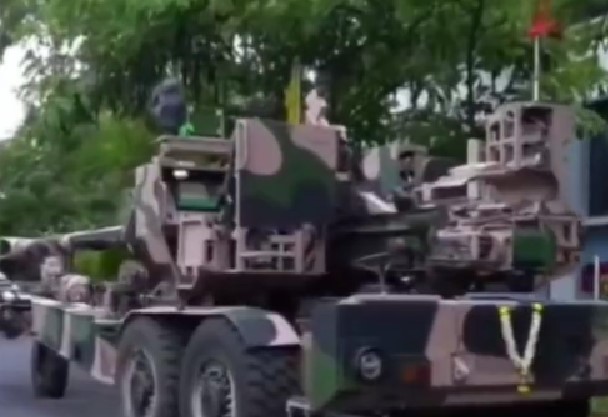
In a significant development, Bharat Forge’s Chairman and Managing Director, Baba Kalyani, confirmed the company’s successful delivery of six 155-millimeter Advanced Towed Artillery Gun System (ATAGS) artillery guns to Armenia last month.
This delivery aligns with a substantial order placed by Armenia for a total of 90 ATAGS units, valued at $155.5 million (approximately ?1,265 crore). The contract stipulates the phased shipment of an additional 84 ATAGS guns over the next three years, with Bharat Forge aiming to complete deliveries ahead of schedule.
Continue readingSOURCE: RAUNAK KUNDE / NEWS BEAT / IDRW.ORG
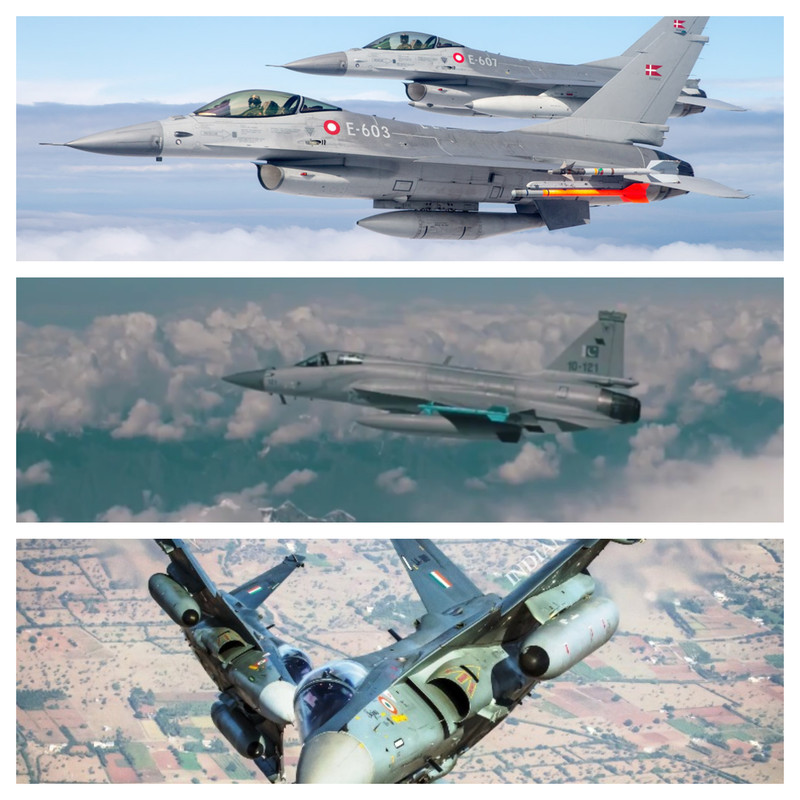
Argentina’s pursuit of enhancing its air combat capabilities with Ex-Danish F-16A/B fighter jets faces several challenges, particularly concerning the acquisition of advanced Beyond Visual Range Air-to-Air Missiles (BVRAAMs). While the U.S. Congress has approved the sale of these fighter aircraft to Argentina, it remains non-committal regarding the provision of the latest AMRAAM series of BVRAAMs. This reluctance is attributed to both the ageing nature of the F-16 platforms and potential objections from the United Kingdom.
The Ex-Danish F-16A/B fighter jets, specifically the Block 15/20 MLU variants, can be equipped with AIM-120C5 BVRAAMs, which offer a respectable interception range. However, the Argentine Air Force has expressed a preference for Israeli-developed Python-5 and Derby missiles to be integrated into these F-16s. This choice is influenced by concerns about potential restrictions on the sale of additional weapons at a later stage.
Continue readingSOURCE: RAUNAK KUNDE / NEWS BEAT / IDRW.ORG

The Indian Navy is making significant strides in modernizing its fleet of submarines by adopting advanced lithium-ion battery technology. The Naval Science and Technological Laboratory (NSTL) has taken the lead in developing lithium-ion batteries compatible with submarines, a major upgrade from the existing lead-acid batteries.
NSTL recently called for Expressions of Interest (EOI) from Indian battery manufacturers with the capability and willingness to absorb technology transfer and engage in the production, certification, and supply of Lithium-ion (Li-ion) battery systems based on High Power Lithium-ion Battery Technology (HPLBT). The goal is to manufacture, test, and evaluate 25 Ah Li-ion cells to ensure their safe operation in defence applications.
Continue readingSOURCE: IDRW.ORG TEAM
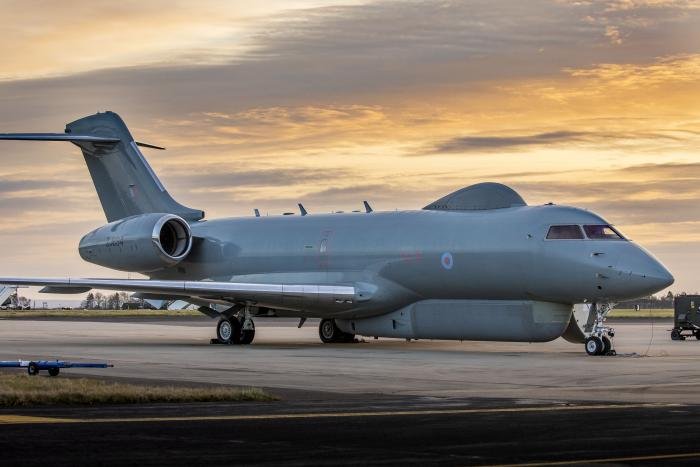
India is set to bolster its aerial surveillance capabilities by procuring three Bombardier Global 6000 private jets for conversion into advanced Intelligence, Surveillance, Targeting Acquisition, and Reconnaissance (ISTAR) platforms. These jets will be equipped with state-of-the-art sensor packages developed by India’s Defense Research and Development Organization (DRDO) to enhance the Indian Air Force’s (IAF) reconnaissance capabilities.
DRDO’s Center for Airborne Systems (CABS) laboratory will play a pivotal role in developing the sensors for these ISTAR platforms. The sensor package will include a Multispectral (EO-IR) Long-Range Oblique Photography (LOROP) sensor, a geo-spatial intelligence processing and exploitation suite, high data-rate line-of-sight (LOS) and Satcom data-links, an onboard mission communications suite, and artificial intelligence/machine learning (AI/ML) capabilities for image intelligence, automatic target recognition, change detection, and a Common Operational Picture (COP).
Continue readingSOURCE: IDRW.ORG TEAM
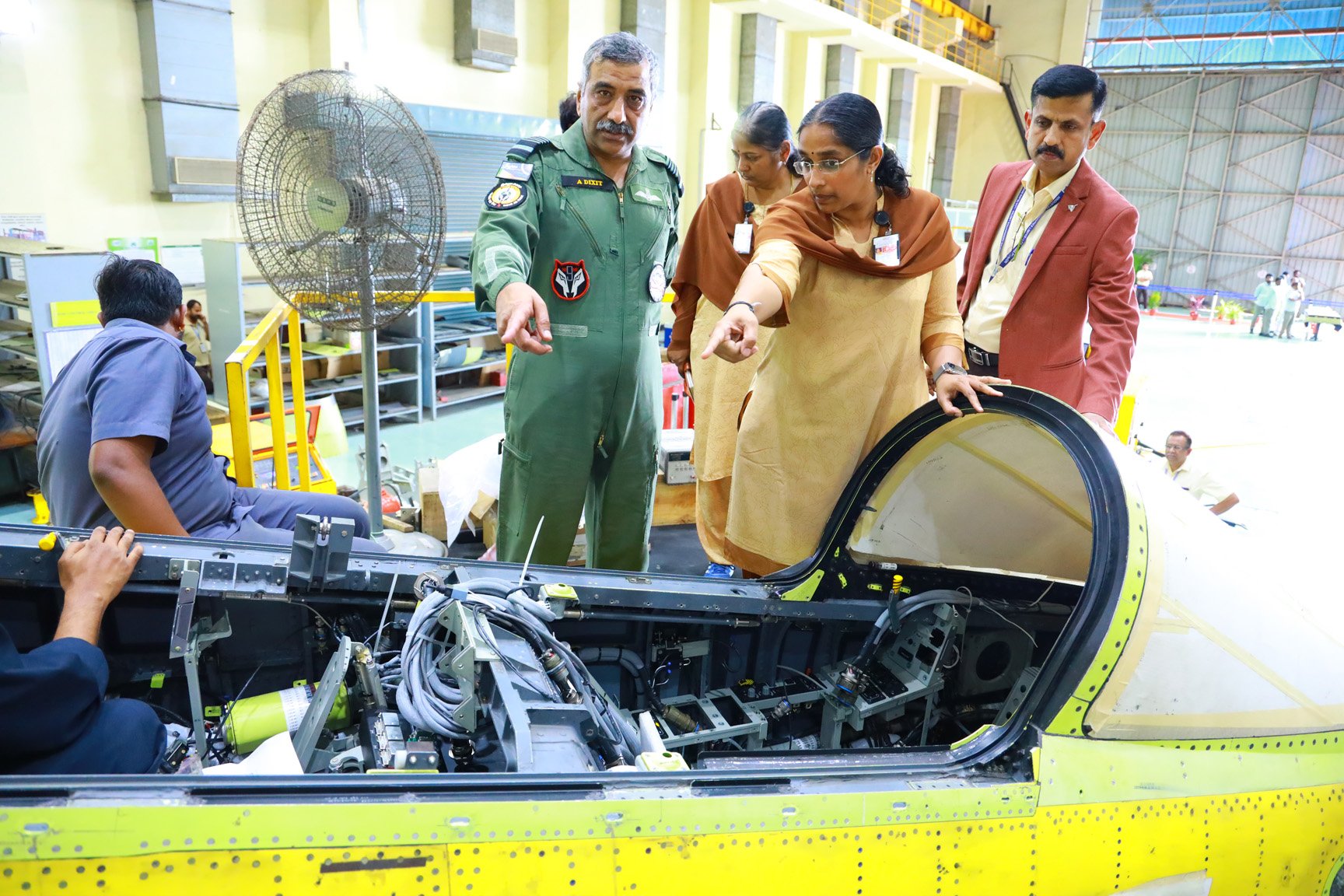
The Hindustan Aeronautics Limited (HAL) is making significant strides in the manufacturing of Light Combat Aircraft (LCA) Tejas trainer aircraft, These advanced trainer aircraft play a pivotal role in training the next generation of fighter pilots and enhancing the nation’s defense capabilities.
A significant milestone was achieved when LT 5201, the first-ever series production standard LCA Trainer, successfully completed its maiden flight on April 5th, 2023. HAL has completed the work on LT 5202, and a test flight is on the horizon.
Continue readingSOURCE: RAUNAK KUNDE / NEWS BEAT / IDRW.ORG
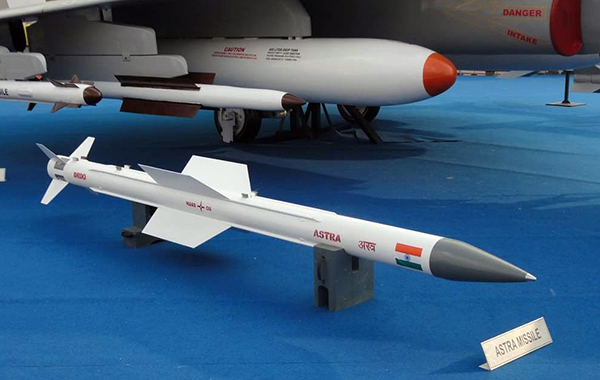
In a strategic move to bolster its defence capabilities, the Indian Air Force (IAF) has initiated collaboration with Dassault Aviation, the manufacturer of Rafale fighter jets. The objective is to integrate advanced Indian-made weaponry, specifically the ‘Astra Air-to-Air Missile,’ into these combat aircraft. This integration represents a significant step forward in enhancing the Rafale’s combat capabilities.
Under this collaboration, the IAF will take responsibility for the costs associated with integrating the Astra Beyond Visual Range air-to-air missile onto the Rafale aircraft. Dassault Aviation will be tasked with developing the essential software codes required for seamless interaction between the missile and various sensors and avionics onboard the fighter.
Continue readingSOURCE: RAUNAK KUNDE / NEWS BEAT / IDRW.ORG

India’s Defense Research and Development Organization (DRDO) is forging ahead with ambitious Airborne Early Warning and Control System (AEW&CS) programs, Netra MkII aimed at upgrading India’s AEW&CS capabilities. DRDO’s Center for Airborne Systems (CABS) is spearheading this initiative, which involves the conversion of six pre-owned A321 aircraft from Air India into AEW&CS platforms.
These aircraft will be equipped with a dual-sided antenna array housed in a dorsal ‘plank’ fairing, similar to the Netra MkI. However, significant improvements in search and tracking capabilities will be achieved, thanks to the higher power output from the aircraft’s advanced engines.
Continue readingSOURCE: RAUNAK KUNDE / NEWS BEAT / IDRW.ORG
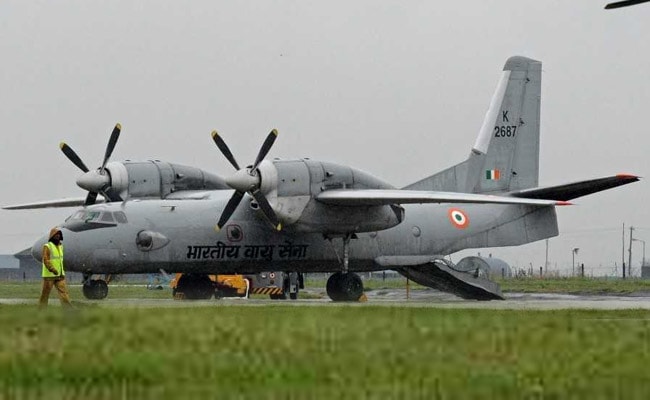
The Indian Air Force (IAF) has embarked on a mission to find a suitable replacement for its ageing AN-32 transport aircraft, as the earliest members of this fleet are set to mark 44 years in service by 2031-32. The AN-32, initially introduced in 1986, has served the IAF diligently for decades, but with the passage of time and the collapse of the Soviet Union, the aircraft’s reliability and availability have been increasingly compromised.
While the AN-32 was known for its robust performance and powerful engines, the challenges of sourcing spare parts and addressing obsolescence issues have taken a toll on its longevity. In response to these concerns, an ‘upgrade’ initiative was proposed in 2009 to enhance the aircraft’s structural integrity, avionics, and communication systems.
Continue readingSOURCE: IDRW.ORG TEAM

The eagerly awaited 2nd edition of the Swavlamban seminar is set to showcase significant progress and remarkable achievements in niche technologies that are instrumental in reinforcing India’s self-reliance in the defence sector. With a specific focus on groundbreaking technologies like Carbon Nano Tubes and Aerogel-based fabrics, this seminar underscores the nation’s commitment to innovation and indigenous manufacturing. Let’s delve into the key highlights and objectives of this prestigious event.
Aatmanirbhar Bharat, India’s vision for self-reliance, particularly in the defence sector, is taking center stage at the Swavlamban Seminar 2023. This initiative aims to reduce dependency on foreign technology and promote the development and adoption of homegrown innovations. The event exemplifies India’s relentless pursuit of self-reliance and technological advancement in defence.
Continue readingSOURCE: IDRW.ORG TEAM
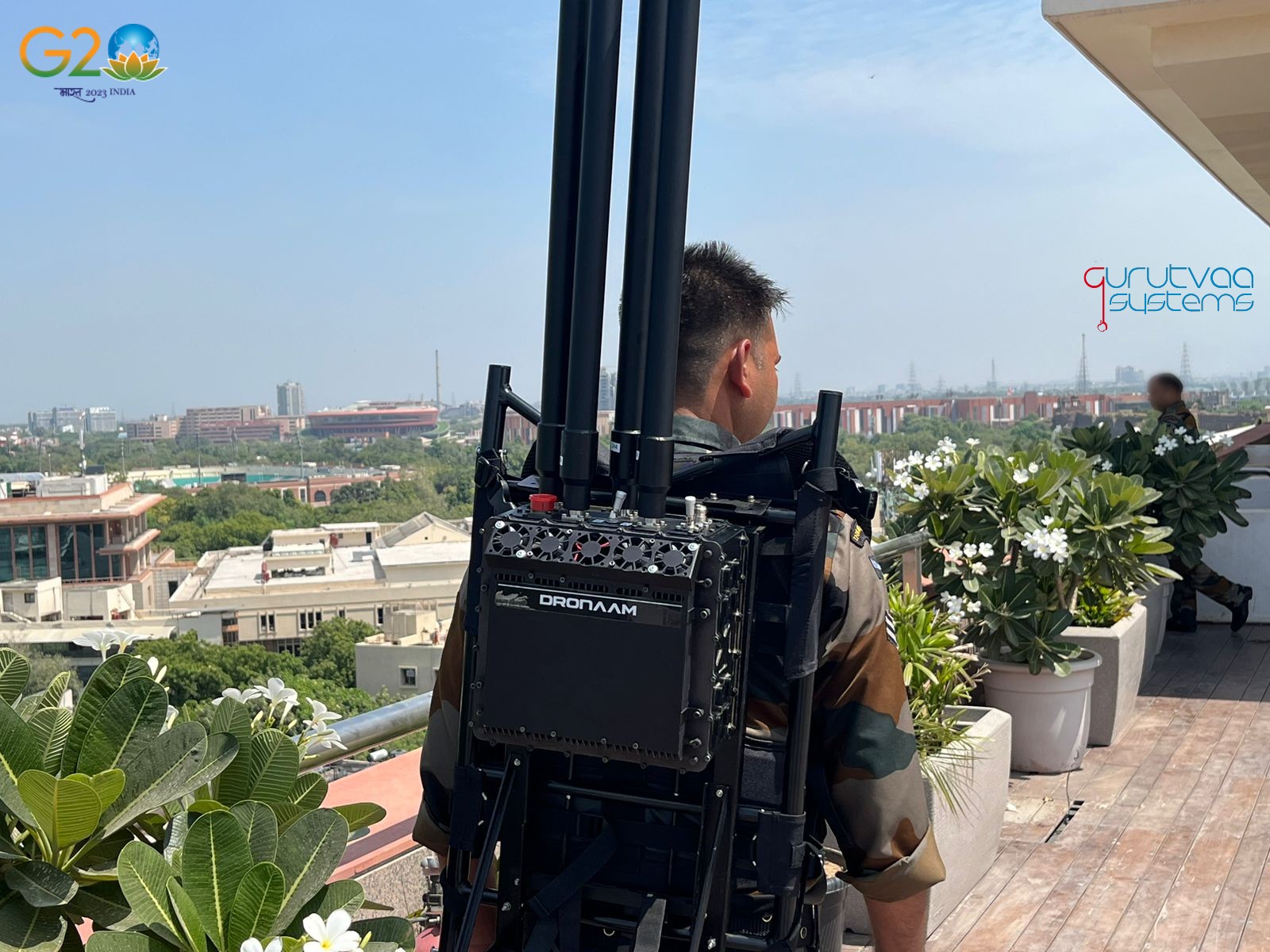
During the recent G20 summit, security measures were bolstered by the deployment of India’s indigenous counter-unmanned aerial system (C-UAS) known as Dronaam. Developed by the Indian private sector company Gurutvaa Systems, Dronaam played a vital role in providing security cover against rogue drones. This state-of-the-art system is designed to disrupt the navigation and radio frequencies of unauthorized unmanned aerial vehicles (UAVs), ensuring the safety of high-profile events and critical installations.
Dronaam, developed by Gurutvaa Systems, is a cutting-edge modular C-UAS designed to offer foolproof protection against illegal unmanned aerial systems (UAS). It is a versatile system that can provide directional or omni-directional coverage, making it suitable for various security scenarios. The system can be configured as a fully integrated rifle-style device or a portable countermeasure in a backpack configuration. It is equally effective in fixed installations, where it can be mounted on moving or stationary platforms, offering the option of directional or omni-directional coverage.
Continue readingSOURCE: RAUNAK KUNDE / NEWS BEAT / IDRW.ORG
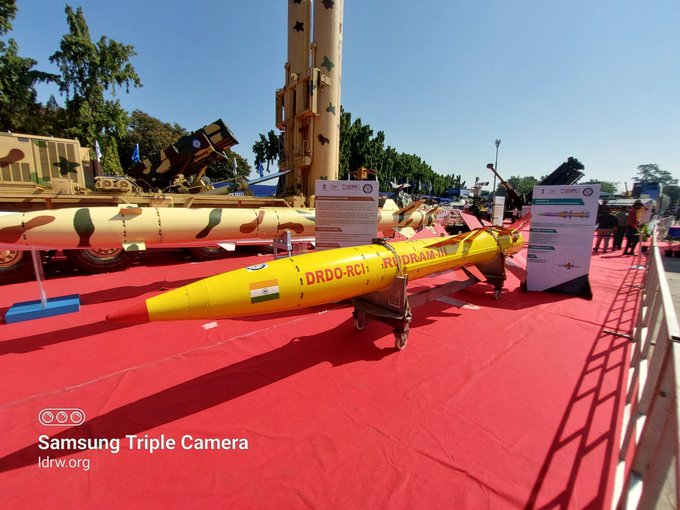
Hindustan Aeronautics Limited, Nashik Division, is gearing up for a series of critical activities to carry out Captive Trials of RudraM-III Air to Surface Missile aimed at enhancing the capabilities of the Su-30 MKI aircraft. These trials will involve various modifications and installations on the aircraft to enable the integration of advanced technologies and munitions.
Su-30 MKI aircraft, designated as SB-214, will undergo activation of trial modifications at stations No. 5 and 6. SB-214 was also used to test Astra BVRAAM and NGARM advanced missile systems in past.
Continue readingSOURCE: RAUNAK KUNDE / NEWS BEAT / IDRW.ORG
General Electric (GE) is poised to secure a substantial order for 120 F404-GE-IN20 engines as the Hindustan Aeronautics Limited (HAL) and the Indian Air Force (IAF) prepare to finalize a deal for the supply of more than 100 LCA-Tejas Mk1A fighter jets, expected to be signed next year. This development follows HAL’s 2021 contract with GE Aviation, valued at $716 million, for 99 F404 engines to power 73 LCA-Tejas Mk1A and 10 Tejas Mk1A Trainer aircraft.
To date, 75 F404 engines have been delivered, and an additional 99, also valued at $716 million, are on order for the Tejas Mark 1. GE Aviation is set to commence deliveries of the first batch of F404-GE-IN20 engines later this year, with ongoing deliveries coinciding with the production of LCA-Tejas Mk1A jets.
Continue reading